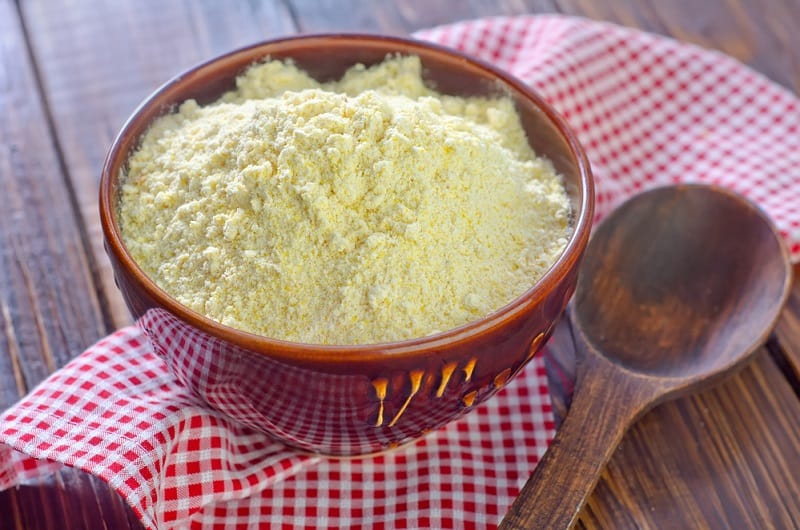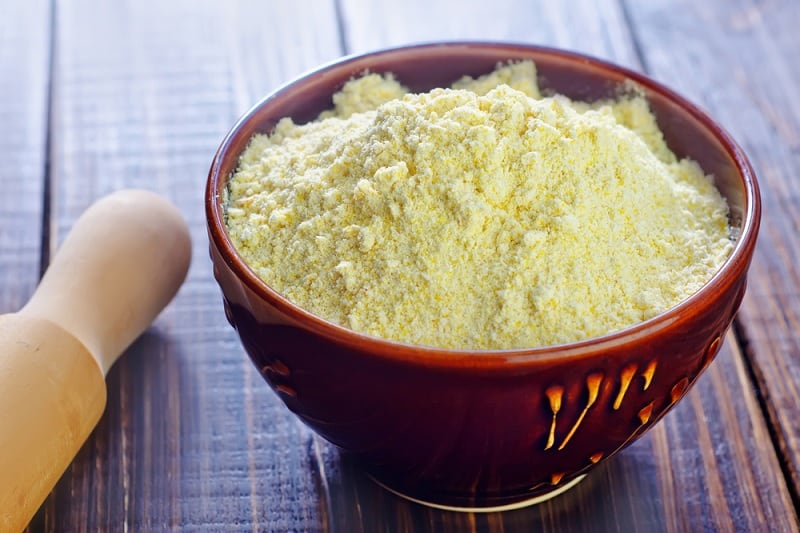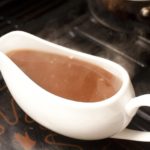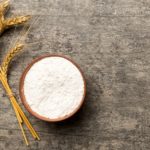Regular flour is one of the most common and versatile ingredients in the home. It is a staple in many recipes and can be used to thicken sauces, coat meat, and hold together cake batters.
Because it is used regularly, it is not unusual to find that you’ve unexpectedly run out of plain flour and need an alternative.
Cornflour is a common substitute that people use as it works for those on a gluten-free diet and is often found in the kitchen cupboard.
But can you use cornflour instead of regular flour? Read on to find out!
Can You Substitute Cornflour for Regular Flour?
In most cases, you can use cornflour as a substitute for regular flour when you’re unexpectedly caught short.
It also makes an excellent alternative for anyone with coeliac disease that is following a gluten-free diet. Unlike regular flour, cornflour is entirely free from gluten in its natural form.
This being said, using the wrong substitute in a recipe can lead to unpleasant results. The best way to determine if cornflour will work for your recipe is to figure out its role: thickening, coating, or baking.
Everything you need to know about each of these uses is detailed below, including how much cornflour you need to use and any potential advantages or drawbacks to the substitution.
Using cornflour for thickening
When it comes to thickening sauces, cornflour is a winner.
In fact, many people actually prefer using cornflour over regular flour when thickening is required in a recipe. This is because cornflour contains high levels of starch, meaning its thickening ability is twice as good as regular flour.
Because of this increased thickening ability, you need only add half the amount of cornflour than you would regular flour.
For example, if the recipe calls for 1 tbsp of regular flour, this can be substituted for ½ tbsp of cornflour. Adding the usual amount will result in a very thick sauce that will likely be inedible.

Using cornflour for baking
Cornflour can also be a great substitute when it comes to baking. When using cornflour in baking, you need to use 1/3 of the amount of flour the recipe asks for.
For example, if the recipe requires 300g of regular flour, you must use 100g of cornflour.
However, the lack of gluten does mean that your baked goods won’t rise as much. This isn’t an issue with cookies, pancakes, or waffles, as they don’t need to rise. However, it can lead to cakes becoming a bit dense and flatter than anticipated.
We also highly recommend using a different flour substitute if you’re baking bread. Gluten is one of the main components of the recipe that allows your bread to rise and become light and airy.
When using cornflour, you might not achieve the desired rise. Try following a specific coeliac recipe if you need a gluten-free loaf.
Using cornflour for coating
The final way that flour is used in recipes is as a coating for pieces of food (e.g., chicken, fish, or tofu) that will be fried.
Cornflour is one of the best flours for this. It will absorb less oil from the frying pan than regular flour and form a crispier coating.
This makes it many people’s go-to flour choice for coating food. Ensure that each piece of food has been evenly coated in the flour before frying, and you will be able to effortlessly achieve that crispy, golden coating.
Alternative Substitutes for Regular Flour
If you’ve read this article and don’t think that cornflour will make a good substitute for your recipe, several other great options are available.
According to BBC Good Food, the top ten regular flour substitutes are as follows:
- Chickpea flour
- Almond flour
- Gluten-free flour mixtures
- Coconut flour
- Gram flour (besan)
- Rice flour
- Buckwheat flour
- Oat flour
- Quinoa flour
- Millet flour

Hannah is a freelance content writer and self-proclaimed foodie. When Hannah isn’t sitting tapping at her laptop, you’ll probably find her in the kitchen. As an ex-chalet host, she’s used to cooking four-course meals for 10+ people and loves feeding friends and family whenever possible.




